Approaching the 3S – the Spatial, the Social, and the Sensorium
An International Autumn School on the Materiality of Cultural Practices in Social Space
On Wednesday, architect Jakub Szczesny suggested adding a fourth ‚S‘ to the Spatial, the Social and the Sensorium, which he named the Symbolic. Drawing on several recent examples in Poland, he illustrated how public spaces turn into ideological battlegrounds of symbolic representation. One example was a rainbow sculpture by Julita Wojcik on Plac Zbawiciela (Redemptor Square) in Warsaw (2013). After being criticized as a symbol for homosexuality (unlike how it was intended by the artist), the rainbow was set on fire several times before being burnt down altogether. In Szczesny’s workshop, the participants were given a playful exercise in “engineered history”: they were to symbolically reframe existing public works of art or other public spaces with the aim of producing new counter-narratives.
Elisabeth Oberzaucher, a (human) biologist, closed the lecture series on Thursday with her talk on the “urban human.” She introduced the participants to a number of concepts from biology, providing a basis for understanding human behavior in urban spaces. For example, human territoriality as well as the concept of personal space (the distance people usually keep between one another) heavily influence social interaction in public spaces. Oberzaucher also discussed the notions of “biophilia” and “phytophilia,” which refer to the fact that such things as water or plants are perceived as beautiful by humans and positively influence processes of cognition. She linked these references to questions of urban design in her workshop. Drawing on a housing complex from Vienna’s much praised 1920s public housing program, she illustrated the need to design public spaces so as to meet human landscape preferences and invite social interaction.
Finally, an all-day workshop on Re-Mediating Cinematic Experience (organized by Kristina Pia Hofer, Eva Kernbauer and Marietta Kesting) took place on Friday within the research project A Matter of Historicity, focusing on the event character of cinema. Giuliana Bruno, Professor of Visual and Environmental Studies, Harvard University, gave a lecture on the often-neglected material dimension of cinema, its surfaces and screens of projection throughout history. Erica Balsom, Senior Lecturer in Film Studies and Liberal Arts, King’s College, London, discussed the implications of the “liveness” and irreproducibility of a cinematic event. Volker Pantenburg, Professor of Film Studies, Freie Universität Berlin, explored questions of analogue and digital film formats in museums and gallery spaces. The Autumn School closed with a performance by the Danish art collective Vinylterrorandhorror (Camilla Soerensen and Greta Christensen), playing, breaking and re-assembling bits and pieces of LP records – and thus allowing the audience to almost painfully experience the materiality of music and performance art.
Program of the Autumn School, general information and blog entries: www.skulpturundraum.at/autumn-school.html
www.amatterofhistoricity.net/workshop-2/
Autumn School 3S © Sculpture and Space
Xenia Kopf ( 2017): Approaching the 3S – the Spatial, the Social, and the Sensorium. An International Autumn School on the Materiality of Cultural Practices in Social Space. In: p/art/icipate – Kultur aktiv gestalten # 08 , https://www.p-art-icipate.net/approaching-the-3s-the-spatial-the-social-and-the-sensorium/

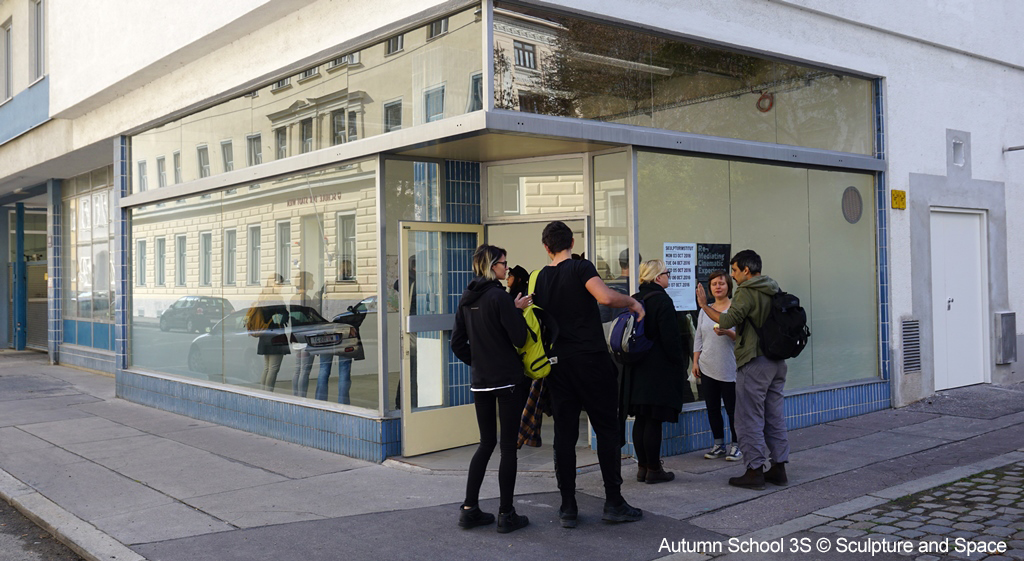
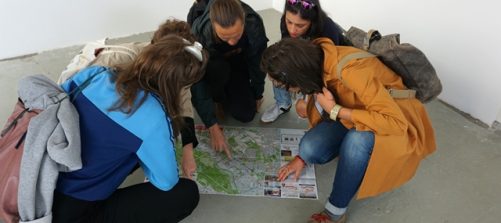
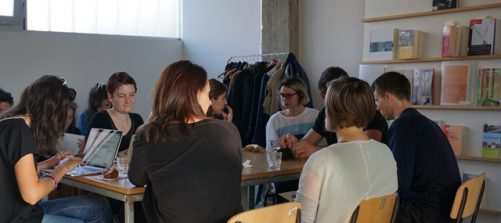
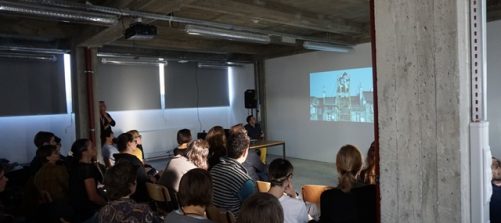
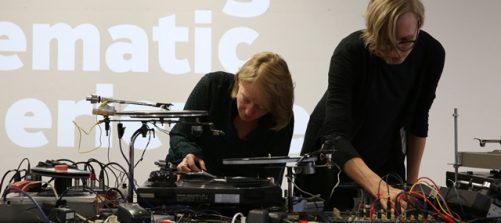
 Artikel drucken
Artikel drucken Literaturverzeichnis
Literaturverzeichnis